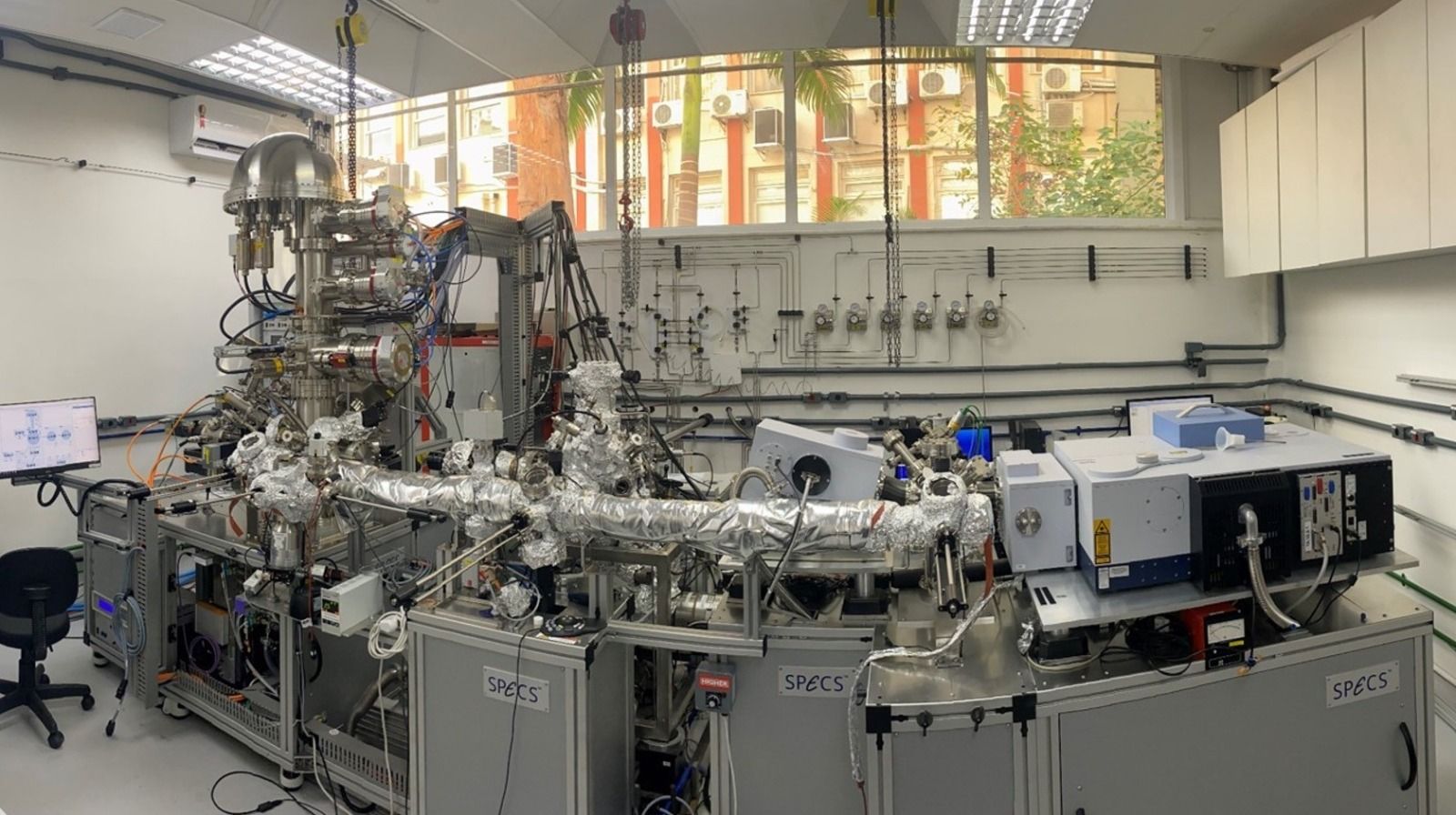

Resumo:
O estudo de superfícies constitui uma área multidisciplinar e de fronteira para ciência de materiais. Neste módulo, iremos abordar aspectos teóricos e experimentais envolvendo os fenômenos físicos e químicos que ocorrem em superfícies e interfaces. Esses fenômenos determinam os mecanismos de formação de interfaces sólido-líquidos na natureza, assim como são fundamentais para a a preparação e controle de tecnologia de crescimento de filmes finos e nanoestruturas. Alguns dos fenômenos que serão discutidos neste módulo são: reconstruções de superfície, crescimento de filmes finos, adsorção de moléculas e reatividade química. Além disso, vamos discutir técnicas de crescimento e caracterização de superfícies, como evaporação, difração de elétrons de baixa energia, espectroscopia de fotoelétrons e de reflexão-absorção de infravermelho.
Ementa
- Introdução a física da matéria condensada;
- Redes cristalinas:
- Cristalografia de superfícies;
- Difração de elétrons em baixa energia;
- Crescimento filmes finos;
- Tecnologia de vácuo;
- Espectroscopia de fotoelétrons excitados por raios-X (XPS):
- Níveis eletrônicos;
- Produção de raio-X/Instrumentação de XPS;
- Efeito fotoelétrico;
- Software de aquisição e tratamento de dados;
- espectroscopia de reflexão-absorção de infravermelho (FTIR/IRRAS):
- Modos de vibracionais;
- Absorção ótica/Espectroscopia ótica;
- Instrumentação de FTIR/IRRAS;
- Software de aquisição e tratamento de dados;
Pré-Requisitos:
Alunos da segunda metade do cursos de graduação em Física e Engenharia e alunos de pós-graduação com interesse no tema.Bibliografia:
- F. Bechstedt, /Principles of Surface Physics/, Springer-Verlag (2003).
- Milton Ohring, /Materials Science of Thin Films. Deposition and Structure/, Academic Press (2001).
- Hans Lüth, /Solid Surfaces, Interfaces and Thin Films/, Springer (2010).
- Gerhard Ertl, Jürgen Küppers: /Low Energy Electrons and Surface Chemistry/. Ed.2, Verlag Chemie (1985).
- Surface Science: Foundations of Catalysis and Nanoscience, 3rd ed., K. Kolasinski, Wiley 2012.